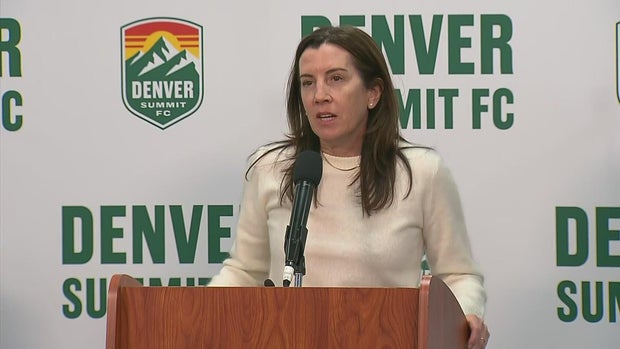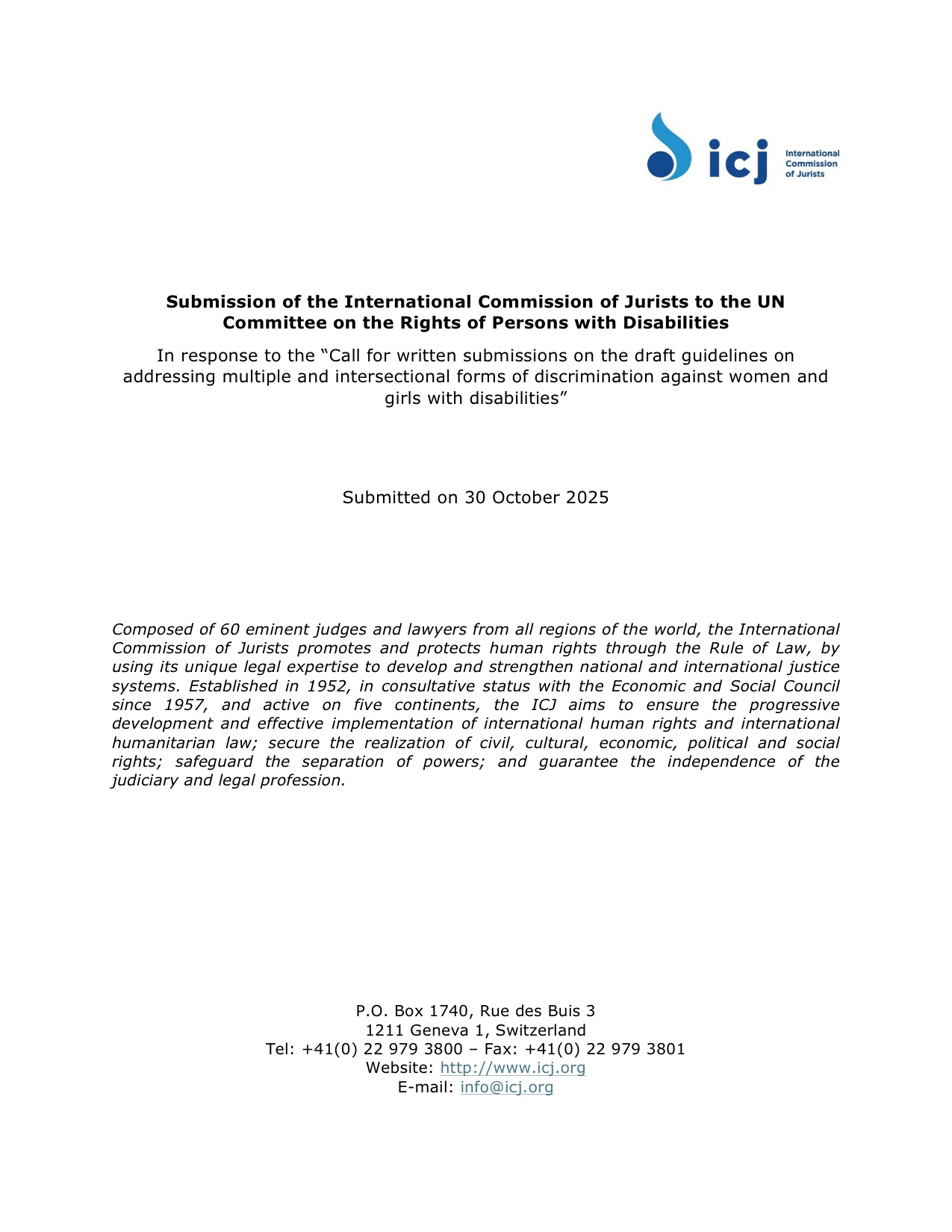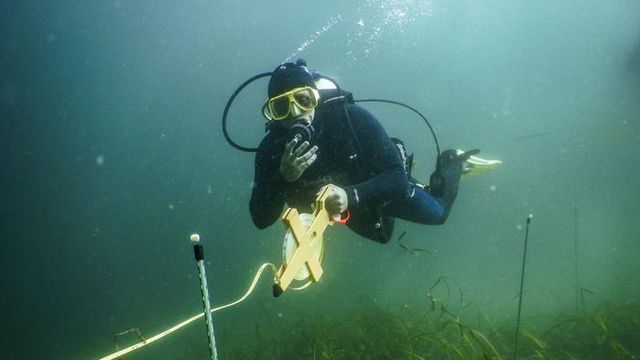California protects acres of land and coastal waters – New University | UC Irvine

California’s Conservation Progress Report: State-Level Action Advancing Global Sustainable Development Goals
Executive Summary
On July 7, the State of California announced significant progress in its conservation efforts, directly contributing to the United Nations Sustainable Development Goals (SDGs), particularly SDG 14 (Life Below Water) and SDG 15 (Life on Land). Over the past year, the state has successfully conserved 853,000 acres of land and 191,000 acres of coastal waters. This action stands in contrast to federal policies that present challenges to national conservation and environmental protection targets. California’s strategy emphasizes biodiversity, climate action, and equitable access, demonstrating a robust sub-national commitment to the 2030 Agenda for Sustainable Development.
The 30×30 Initiative: A Framework for SDG Implementation
California’s conservation achievements are driven by its “30×30” initiative, which aims to conserve 30% of the state’s land and coastal waters by 2030. This initiative is a direct implementation of global biodiversity targets and aligns with several key SDGs.
Progress Towards SDG 14 (Life Below Water) and SDG 15 (Life on Land)
The latest progress report, released in June 2025, documents substantial gains in protecting vital ecosystems.
- Total Conserved Land: 26.1% of California’s land is now designated as conserved, a critical step towards halting biodiversity loss as outlined in SDG 15.
- Total Conserved Coastal Waters: 21.9% of the state’s coastal waters are conserved, advancing the goals of SDG 14 to protect marine ecosystems.
- Annual Achievement: The conservation of over one million acres in a single year underscores the state’s accelerated efforts.
These efforts are particularly vital as California is the nation’s most biodiverse state but also faces significant threats to its species and has lost approximately 90% of its historic coastal wetlands.
Divergent National Context and the Importance of Sub-national Leadership
California’s progress is set against a backdrop of federal policy changes that challenge conservation efforts. This highlights the critical role of state-level institutions (SDG 16) in upholding environmental commitments.
- Budgetary Reductions: The proposed 2026 federal budget includes over $1 billion in cuts to the National Park Service, including a $77 million reduction in recreation and preservation funding and a $197 million cut to the Historic Preservation Fund.
- Personnel Cuts: In February 2025, the Department of Government Efficiency terminated approximately 1,000 new National Park Service hires.
- Policy Shifts: Executive Order 14241, signed on April 8, aims to expand mineral and coal extraction on public lands, potentially undermining conservation gains.
- Legislative Proposals: A since-retracted amendment proposed in June sought to sell over 3 million acres of public land.
Strategic Implementation: Partnerships, Policy, and Public Access
Institutional and Financial Commitment
California has established a strong institutional and financial framework to ensure the success of the 30×30 initiative, reflecting a commitment to SDG 16 (Peace, Justice and Strong Institutions) and SDG 17 (Partnerships for the Goals).
- Executive Order N-82-20: Established the 30×30 goal and the California Biodiversity Collaborative in 2020 to protect biodiversity amid the climate crisis (SDG 13).
- Senate Bill 337 (2023): Codified the 30×30 goal into state law, requiring annual progress reports.
- State Funding: Over $1.3 billion has been dedicated to the 30×30 initiative since 2022.
- Proposition 4: Authorized a $1.2 billion bond for land conservation and habitat restoration and an additional $1.2 billion for coastal areas.
Enhancing Equity and Access: Advancing SDG 10 and SDG 11
A core component of California’s strategy is ensuring that the benefits of nature are accessible to all, directly addressing SDG 10 (Reduced Inequalities) and SDG 11 (Sustainable Cities and Communities).
- Outdoors for All Initiative: Supported by a $1 billion investment, this program aims to expand public access to natural spaces.
- Library Parks Pass: A partnership between the California State Library and the First Partner’s Office provides free vehicle entry to over 200 state parks for public library card holders, removing economic barriers to access.
- Collaborative Governance (SDG 17): The California Biodiversity Collaborative actively engages a wide range of partners, including Native American tribes, local governments, scientists, and private landowners, to ensure conservation efforts are inclusive and effective.
SDGs Addressed in the Article
SDG 14: Life Below Water
- The article directly addresses the conservation of marine and coastal ecosystems. It states that California has conserved “191,000 acres of coastal waters” in the past year. Furthermore, the state’s “30×30 initiative” aims to “conserve 30% of California’s… coastal waters by 2030.” The urgency is highlighted by the fact that “the state has lost about 90% of its coastal wetlands.”
SDG 15: Life on Land
- This is the most prominent SDG in the article. The core theme is the protection of public lands and biodiversity. The text highlights California’s conservation of “853,000 acres of land” and its goal to conserve “30% of California’s land… by 2030.” It contrasts this with federal actions like budget cuts to the National Park Service, proposed sell-offs of public land, and an executive order to expand mining. The article also notes that California is the “most biodiverse state in the country, but ranks second in terms of the amount of plants and animals at risk of extinction,” directly linking conservation efforts to halting biodiversity loss.
SDG 11: Sustainable Cities and Communities
- The article connects conservation with public benefit, a key aspect of SDG 11. It mentions that the 30×30 initiative “seeks to increase the public’s access to public lands” and make parks “accessible to all.” Specific programs like the “Library Parks Pass” and the “Outdoors for All” initiative, which received over $1 billion in funding, are cited as direct efforts to provide universal access to green and public spaces.
SDG 16: Peace, Justice and Strong Institutions
- The article implicitly discusses the role of strong state-level institutions in achieving sustainability goals, especially when faced with conflicting federal policies. California’s government is shown creating robust frameworks like “Executive Order N-82-20” and the law “SB 337” to solidify its conservation commitments. SB 337’s requirement for an “annual report on the state’s progress” demonstrates a commitment to transparent and accountable institutions. The process is also described as inclusive, involving “tribal leaders to ranchers, scientists to surfers.”
Specific Targets Identified
Under SDG 14: Life Below Water
- Target 14.2: By 2020, sustainably manage and protect marine and coastal ecosystems to avoid significant adverse impacts… and take action for their restoration.
- The article’s focus on conserving “191,000 acres of coastal waters” and the mention of the historical loss of “90% of its coastal wetlands” points directly to the need for protection and restoration of these ecosystems.
- Target 14.5: By 2020, conserve at least 10 per cent of coastal and marine areas…
- California’s “30×30 initiative,” which aims to conserve 30% of its coastal waters by 2030, significantly exceeds this global target, demonstrating a strong commitment.
Under SDG 15: Life on Land
- Target 15.1: By 2020, ensure the conservation, restoration and sustainable use of terrestrial and inland freshwater ecosystems and their services…
- The conservation of “853,000 acres of land” and the overarching “30×30 initiative” are direct actions toward this target.
- Target 15.5: Take urgent and significant action to reduce the degradation of natural habitats, halt the loss of biodiversity and… protect and prevent the extinction of threatened species.
- This target is addressed by the article’s statement that California “ranks second in terms of the amount of plants and animals at risk of extinction,” making the 30×30 initiative a crucial action to halt this biodiversity loss.
- Target 15.9: By 2020, integrate ecosystem and biodiversity values into… local planning, development processes… and accounts.
- California has integrated these values through policy and funding, such as “Executive Order N-82-20,” “SB 337,” and “Proposition 4,” which authorized a “$1.2 billion bond… for land conservation/habitat restoration.”
Under SDG 11: Sustainable Cities and Communities
- Target 11.7: By 2030, provide universal access to safe, inclusive and accessible, green and public spaces…
- The article details California’s “$1 billion… Outdoors for All initiative” and the “Library Parks Pass” program, which are explicitly designed to “increase the public’s access to public lands” and make them “accessible to all.”
Under SDG 16: Peace, Justice and Strong Institutions
- Target 16.6: Develop effective, accountable and transparent institutions at all levels.
- The passing of “SB 337,” which requires the state to “submit an annual report on the state’s progress,” is a direct example of creating an accountable and transparent institutional mechanism.
- Target 16.7: Ensure responsive, inclusive, participatory and representative decision-making at all levels.
- The article notes that the progress reflects the work of diverse groups, including “tribal leaders to ranchers, scientists to surfers,” and collaboration with “Native American tribes,” indicating a participatory approach.
Indicators for Measuring Progress
Implied and Mentioned Indicators
- Indicator for Target 14.5 & 15.1 (related to SDG Indicator 14.5.1 & 15.1.2): The article provides precise quantitative indicators for measuring the coverage of protected areas.
- Indicator: Percentage of land and coastal waters conserved.
- Data from article: “26.1% of lands and 21.9% of coastal waters were conserved as of June 2025.” The goal is “30% of California’s land and coastal waters by 2030.”
- Indicator for Target 15.9 & 11.7: The article implies financial investment as an indicator of commitment and progress.
- Indicator: Amount of state funds devoted to conservation and public access initiatives.
- Data from article: “Since 2022, the state has devoted a little over $1.3 billion in state funds towards the 30×30 initiative.” An additional “$1 billion toward the expansion of public access with their Outdoors for All initiative” and a “$1.2 billion bond” from Proposition 4 are also mentioned.
- Indicator for Target 16.6: The article implies that the existence of legal and reporting frameworks serves as an indicator of institutional accountability.
- Indicator: Establishment of laws and mandates for progress reporting.
- Data from article: The passing of “SB 337” which requires an “annual report on the state’s progress” serves as a concrete indicator of a transparent institutional process.
Summary of Findings
| SDGs | Targets | Indicators |
|---|---|---|
| SDG 14: Life Below Water |
14.2: Protect and restore marine and coastal ecosystems.
14.5: Conserve at least 10% of coastal and marine areas. |
Percentage of coastal waters conserved: The article states 21.9% are conserved, with a goal of 30% by 2030. |
| SDG 15: Life on Land |
15.1: Conserve and restore terrestrial and freshwater ecosystems.
15.5: Halt biodiversity loss and protect threatened species. 15.9: Integrate biodiversity values into local planning and policy. |
Percentage of land conserved: The article states 26.1% is conserved, with a goal of 30% by 2030.
Financial Investment: $1.3 billion for the 30×30 initiative and a $1.2 billion bond for conservation. |
| SDG 11: Sustainable Cities and Communities | 11.7: Provide universal access to green and public spaces. |
Financial Investment in Access: $1 billion for the “Outdoors for All” initiative.
Program Implementation: Creation of the “Library Parks Pass” program to increase accessibility. |
| SDG 16: Peace, Justice and Strong Institutions |
16.6: Develop effective, accountable, and transparent institutions.
16.7: Ensure responsive and inclusive decision-making. |
Establishment of Legal Frameworks: Passing of SB 337, which requires an annual progress report.
Inclusive Collaboration: Mention of partnerships with diverse groups like “tribal nations” and local communities. |
Source: newuniversity.org

What is Your Reaction?
 Like
0
Like
0
 Dislike
0
Dislike
0
 Love
0
Love
0
 Funny
0
Funny
0
 Angry
0
Angry
0
 Sad
0
Sad
0
 Wow
0
Wow
0


















-1920w.png?#)






















;Resize=805#)




































